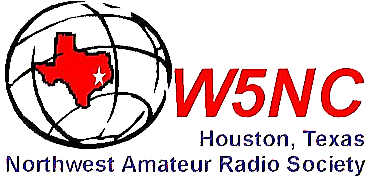Several NARS members are working to reinstate weekly HF ragchew nets in addition to the DMR net on Tuesday and VHF/UHF net on Wednesday.
10 M Net
The first net meets on 10 meters (28.444). The net meets on Monday evenings from 8:00 to 9:00 P.M. CST. This is a moderated net, but is very informal. Propagation may be spotty, but that is part of the challenge :-). Vertical antennae are recommended, and moderate power is helpful as well.
80 M Net
Following the 10 meter net, there is a follow-on informal ragchew on 80 meters. The frequency is usually around 3850 kHz, but varies according to band conditions and existing QSOs. The frequency is usually posted on the NARS reflector. You will need to be logged in to groups.io to access this list. Whether you are on the W5NC reflector or not, all check-ins are welcome. Listen around 3850 kHz for a clear spot starting just before 9:00 pm.
This net is an opportunity to experiment with Near Vertical Incidence Skywave (NVIS) propagation.This is an interesting mode of propagation that is unique to the lower portion of the HF spectrum. Radio communication in a large area (125 milre radius) without any intermediate man-made infrastructure. Relatively low power may produce surprisingly good contacts. Lower power levels are also adequate - successful contacts may be made with as little as 10 to 50 watts.
You do not need a tower or a high antenna, as NVIS antennae are typically dipoles resonant on or near the operating frequency located within 1/4 wavelength of ground. The idea is to direct most of the signal up to the ionosphere at a slight angle so that it is reflected back to the earth over a wide area. This is especially beneficial at deed-restricted stations - an effective antenna can be strung along a wooden fence on the property line or in an attic. An dipole doesn't have to be strung in a straight line...
For more information on NVIS propagation, see the following links:
This list is by no means exhaustive - there are many sites with NVIS information available on the internet - DuckDuckGo
